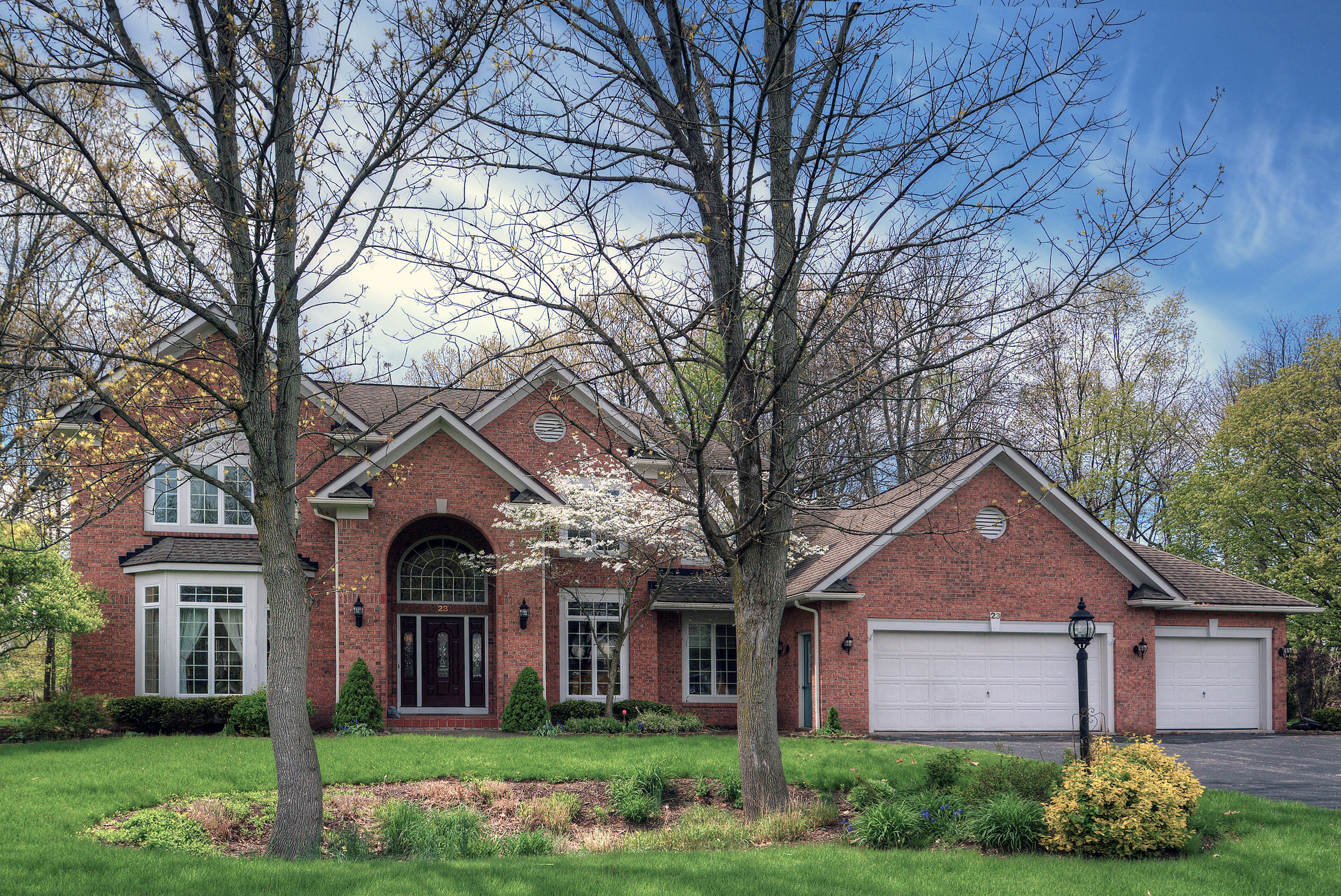There is a definite skillset to be developed when it comes to taking pictures of architecture and real estate. Beginning with hardware for example, there are a unique set of tools necessary in order to produce images of the highest quality. Cameras with full-frame sensors and lenses with wide fields of view are needed in order to provide accurate perspectives in both the interior and exterior of structures. Photographers must also often cope with poor lighting and/or a broad dynamic range of light and shadow, which always requires the use of a tripod, and bracketed exposures that are combined in post processing. Adding light to an interior setting is an artistry in an of itself, and can include the use of offset flash or the the application of constant lighting to add a warmth and ambiance.
Perspective must be considered in framing shots in camera, along with editing images in post-processing where often it becomes necessary to straighten distorted vertical lines that appear to bend as a function of the camera's position in the shot or the lens utilized.
Architectural photography is an area that typically requires very accurate color reproduction as well; the best images are properly white-balanced in camera, and color-corrected in post processing to provide a true and accurate reflection of the setting.
Indeed, there is a beauty and artistry to man-made structures, just as there is to natural structures, and a good photographer can help reveal that. Both my father and grandfather were builders, and so the time I have spent learning some of the nuances of photographing buildings bring back memories of both of these men, and the experiences I had working alongside tradesmen as I worked summers while attending college.
There is no question that creating a beautiful set of images highlighting a dwelling is a valuable asset to its sale. Photographs that represent the real estate accurately and with artistry can be valuable partners to others in this industry.





